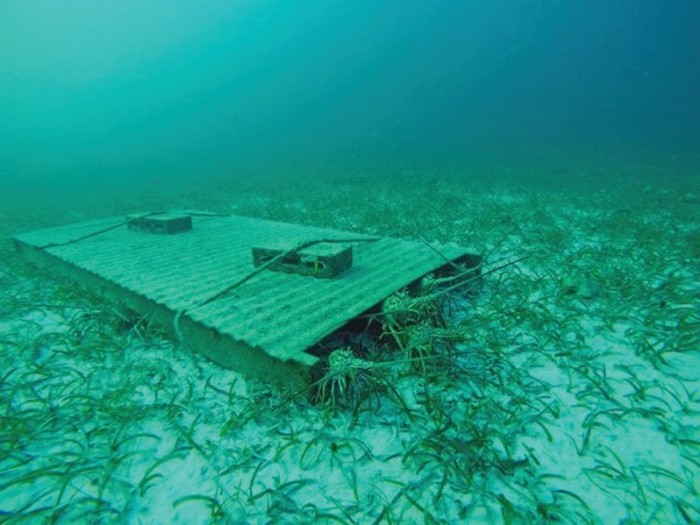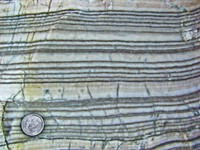Advertisement
Grab your lab coat. Let's get started
Welcome!
Welcome!
Create an account below to get 6 C&EN articles per month, receive newsletters and more - all free.
It seems this is your first time logging in online. Please enter the following information to continue.
As an ACS member you automatically get access to this site. All we need is few more details to create your reading experience.
Not you? Sign in with a different account.
Not you? Sign in with a different account.
ERROR 1
ERROR 1
ERROR 2
ERROR 2
ERROR 2
ERROR 2
ERROR 2
Password and Confirm password must match.
If you have an ACS member number, please enter it here so we can link this account to your membership. (optional)
ERROR 2
ACS values your privacy. By submitting your information, you are gaining access to C&EN and subscribing to our weekly newsletter. We use the information you provide to make your reading experience better, and we will never sell your data to third party members.
Environment
Nickel Famine May Have Led To Life On Earth
Iron shortage may have given oxygen-producing bacteria an edge over their methane-making cousins
by Sarah Everts
April 13, 2009
| A version of this story appeared in
Volume 87, Issue 15

The evolution of complex life-forms on Earth, from parakeets to panthers, could occur only after oxygen gas appeared in our atmosphere more than 2 billion years ago. But scientists have long debated how oxygen-producing bacteria could have gained dominance over methane-producing bacteria, and in so doing, taken control of the composition of primordial Earth's air. Now, a team of researchers led by Kurt O. Konhauser, a biogeochemist at the University of Alberta, in Edmonton, report evidence that this turning point in the history of life on Earth may be rooted in an ancient nickel famine (Nature 2009, 458, 750). In particular, the team found that the nickel-to-iron ratio in ancient rocks dropped around 2.7 billion years ago. Because methane-producing bacteria rely heavily on nickel for many of their essential enzymes, a deficiency of the metal could have decreased the metabolism and populations of methane makers, giving oxygen-evolving microbes the necessary edge. "If a single geological change can starve a major microbial community, and thereby change the trajectory of life on Earth, it suggests that there is a fragility to Earth's elemental cycles that we are only beginning to uncover," notes Mak A. Saito of Woods Hole Oceanographic Institution, in a commentary that accompanies the report.





Join the conversation
Contact the reporter
Submit a Letter to the Editor for publication
Engage with us on Twitter